Scars on Middle East landscape bear witness to past peace failures
-
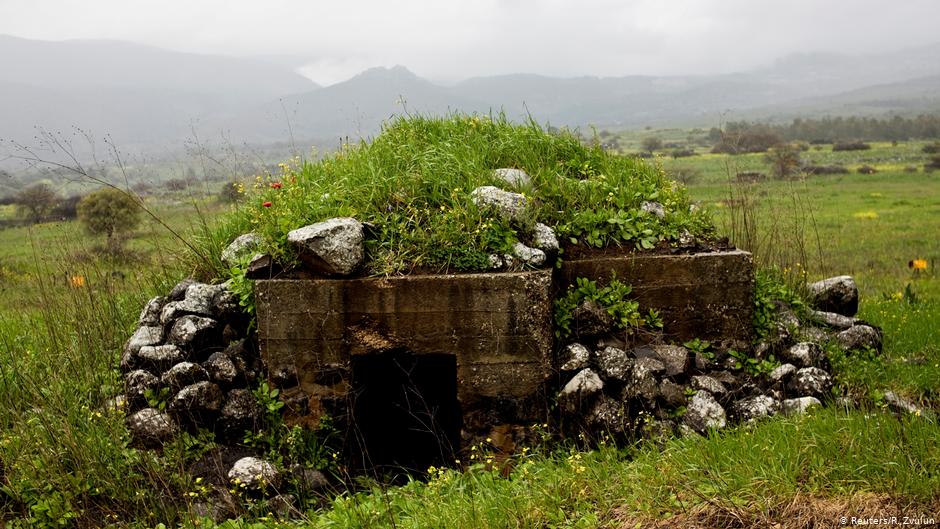
The Golan is strewn with reminders of the 1967 and 1973 wars between Israel and Syria: minefields, foxholes and abandoned armour -
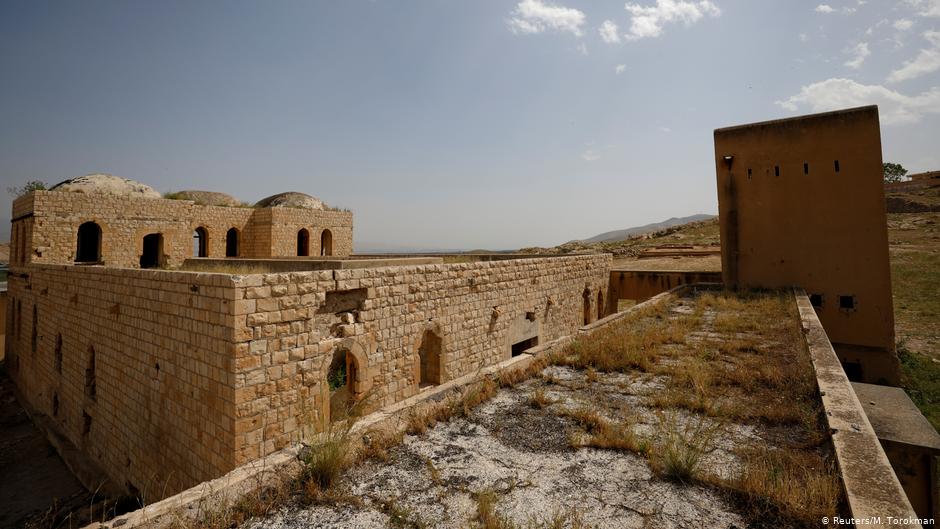
Buildings constructed during the British Mandate era to serve as jails and fortified positions are seen in Al-Jiftlik village near Jericho, in the Israeli-occupied West Bank. Long abandoned, sheep now wander through the empty buildings, searching for vegetation in the scorching heat of the Jordan Valley. The Israeli military sometimes uses them for training, Palestinian residents say -
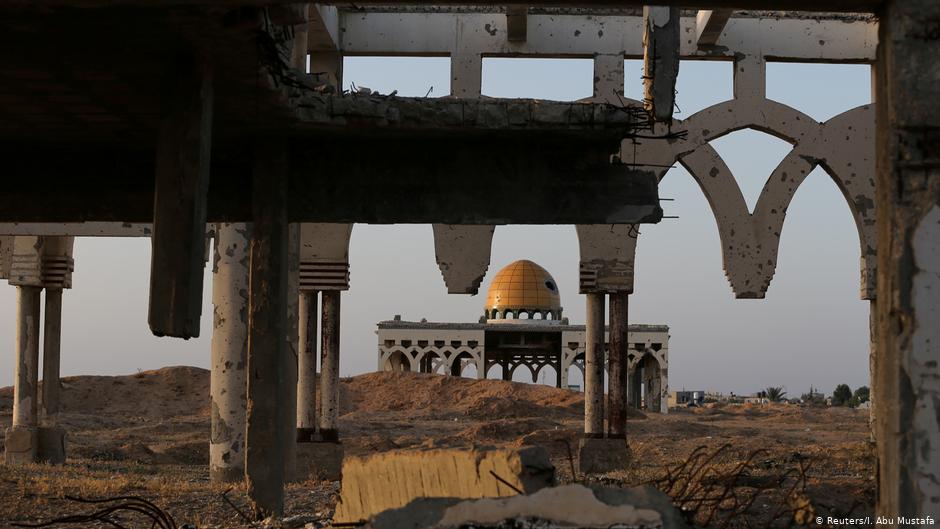
Huge amounts of money were spent creating the institutions of the Palestinian Authority under its first president, Yasser Arafat, who used Gaza's airport to fly abroad on official visits. Yet, following 9/11, the airport was an early casualty of the ʹwar on terrorʹ: Israeli air strikes and bulldozers destroyed its runway during the second Palestinian Intifada, a few months after the atttacks on the World Trade Center -

An abandoned mosque on a rainy morning in the Golan Heights, in territory that Israel captured from Syria and occupied in the 1967 Middle East war: until 1967 a Syrian village inhabited by Circassians stood near the site, which now lies just 5km on the Israeli side of the United Nations-monitored 'Area of Separation' that divides Israeli and Syrian military forces under a 1974 ceasefire agreement -

Part of a trench visible in a former Jordanian military post known as Ammunition Hill in Jerusalem, now preserved as a memorial: originally built by the British, the site was captured by Jordan in the 1948-1949 war and held by them until Israeli troops took it in the 1967 Six Day War -
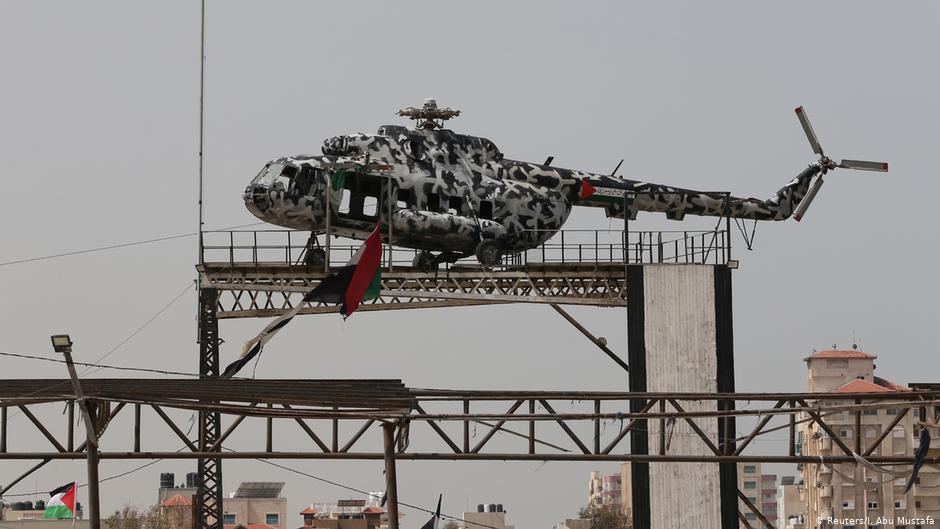
Arafat’s helicopter – the presidential transport of a long-dead president – is now a rotorless relic on public display in Gaza City, while the skeletal remains of Gaza Airport lie gutted and abandoned close to the southern border with Egypt -
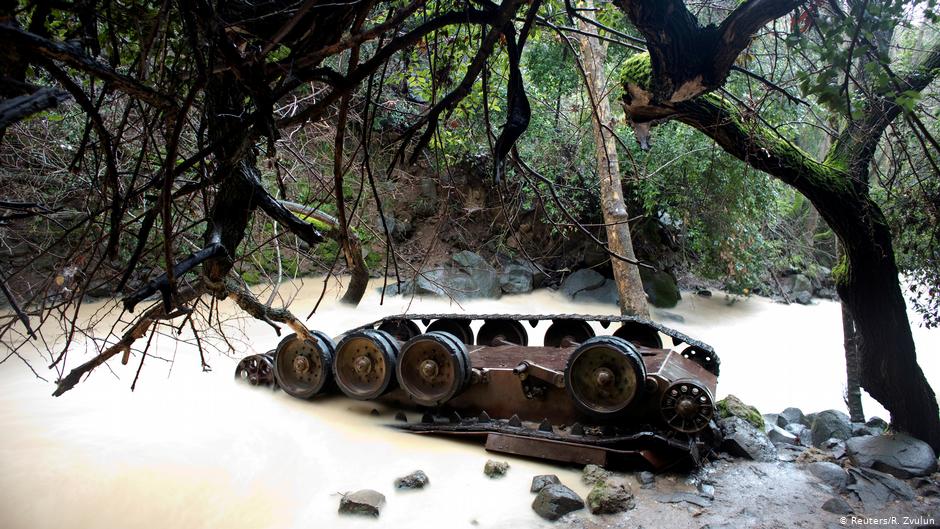
An upturned Syrian tank lies in the Hermon Stream in the Banias Nature Reserve on the western edge of the Israeli-occupied Golan Heights. Israel captured the moutainous plateau, a former demilitarized zone, from Syria during the 1967 Six Day War. Today, Israeli tourists carve graffiti into the metal of the tank while dangling their feet in the foaming water below -
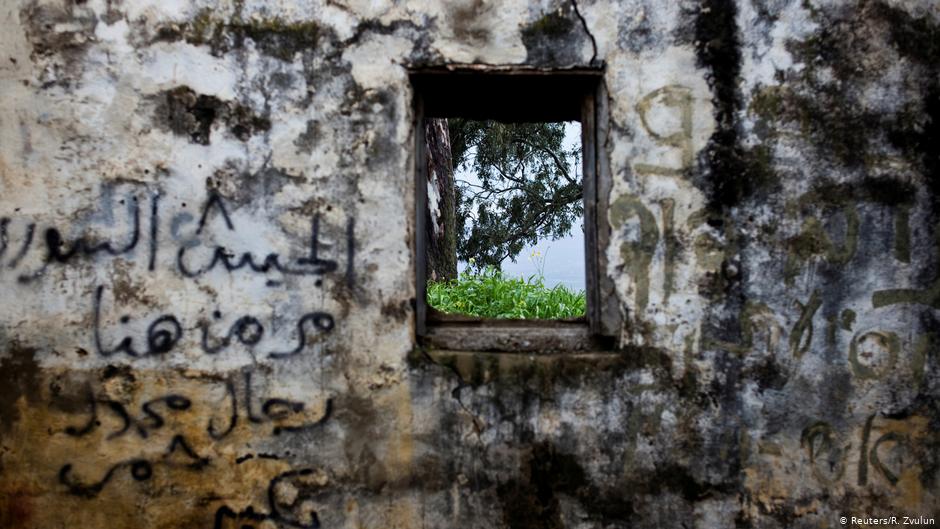
The wall of a structure in a former Syrian outpost in the Israeli-occupied Golan Heights, the territory that Israel captured from Syria in the 1967 Middle East war. In stark contrast to the beauty of the surrounding countryside, it is now crumbling and covered in graffiti, one Arabic message reading: "The Syrian army passed by here" -
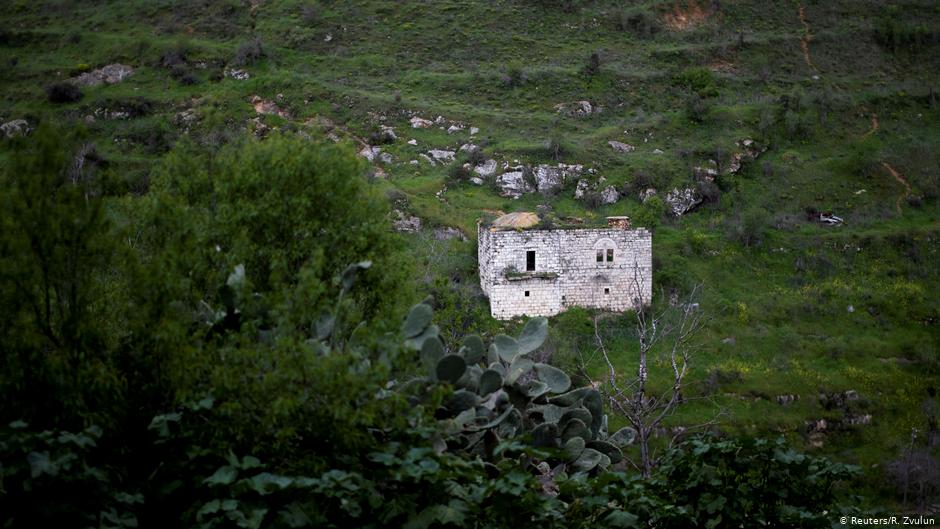
A house in Lifta, a ruined Palestinian Arab village whose inhabitants left or were forced from their homes in the conflict that accompanied the end of British rule and the founding of Israel in 1948. The abandoned ruins are visible to travellers arriving at the western entrance of Jerusalem -
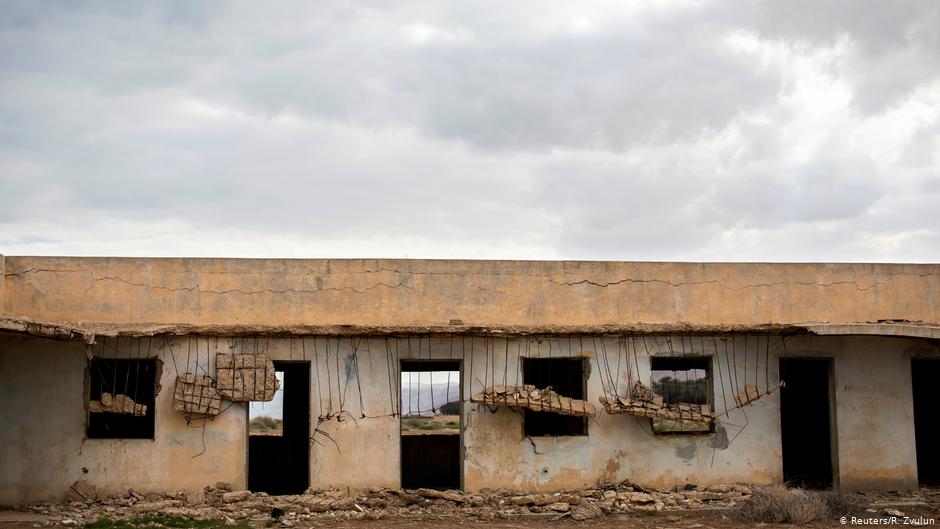
Part of a structure at a former Jordanian military base near the Dead Sea in the Israeli-occupied West Bank. The building has stood deserted since the 1967 Middle East war when Israel captured the area from the Jordanians -
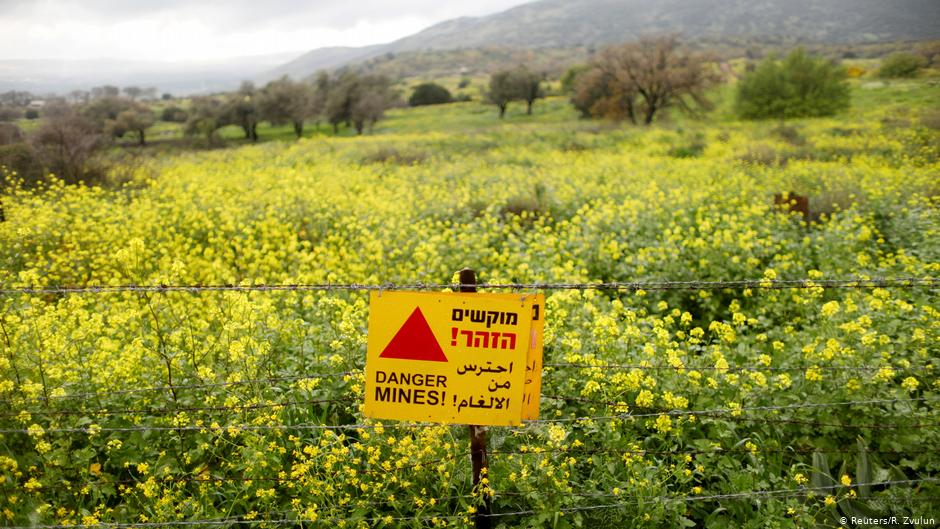
A sign warning of landmines is seen on a fence in the Golan Heights, the territory that Israel captured from Syria and occupied in the 1967 Middle East war. Many Israeli and foreign tourists drive past the site on their way to popular holiday spots -
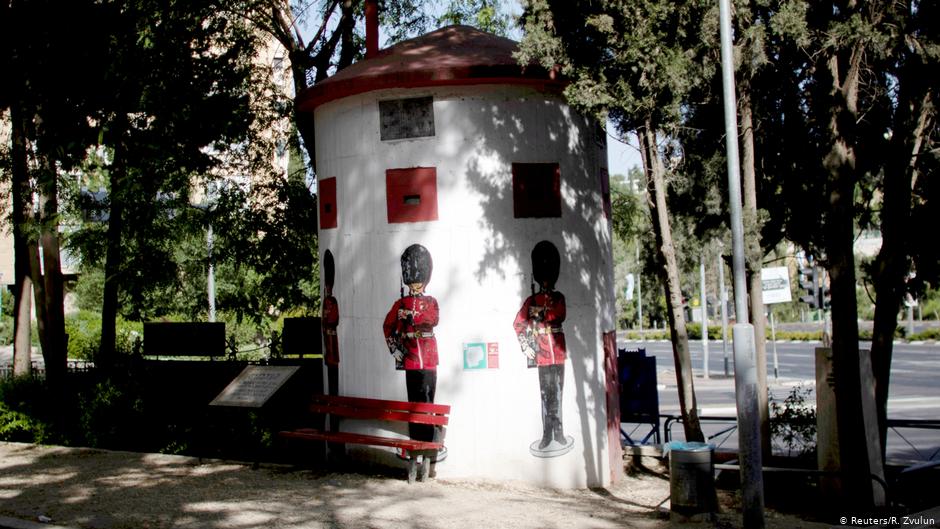
British soldiers depicted in a mural on an old pillbox in Jerusalem: dating back to the era of British Mandatory rule before 1948, the pillbox stands abandoned at a busy intersection in Jerusalem. The mural was added in recent years -
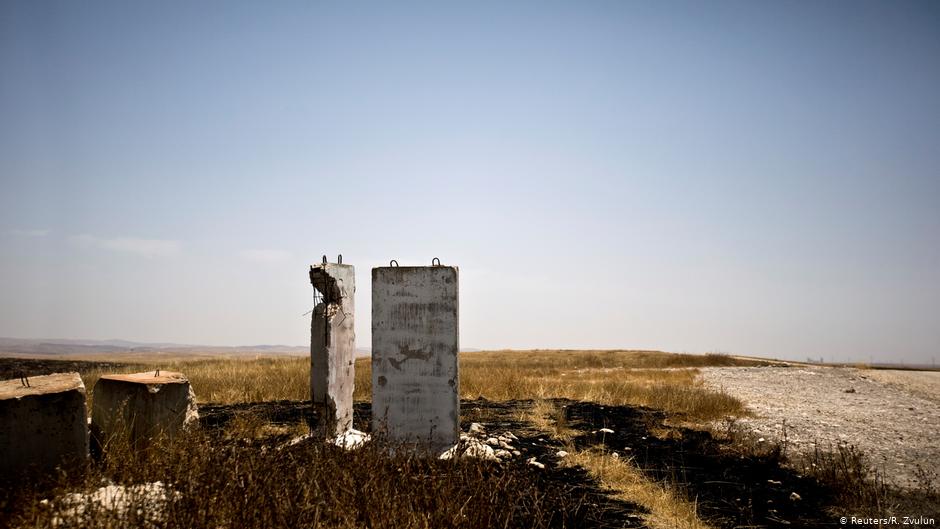
Concrete blast walls in an open area once used by the Israeli military near Rahat, southern Israel. Once part of a facility for training in urban warfare, the barriers are now an isolated scar on the landscape
https://qantara.de./en/node/13264
Link
To all image galleries
